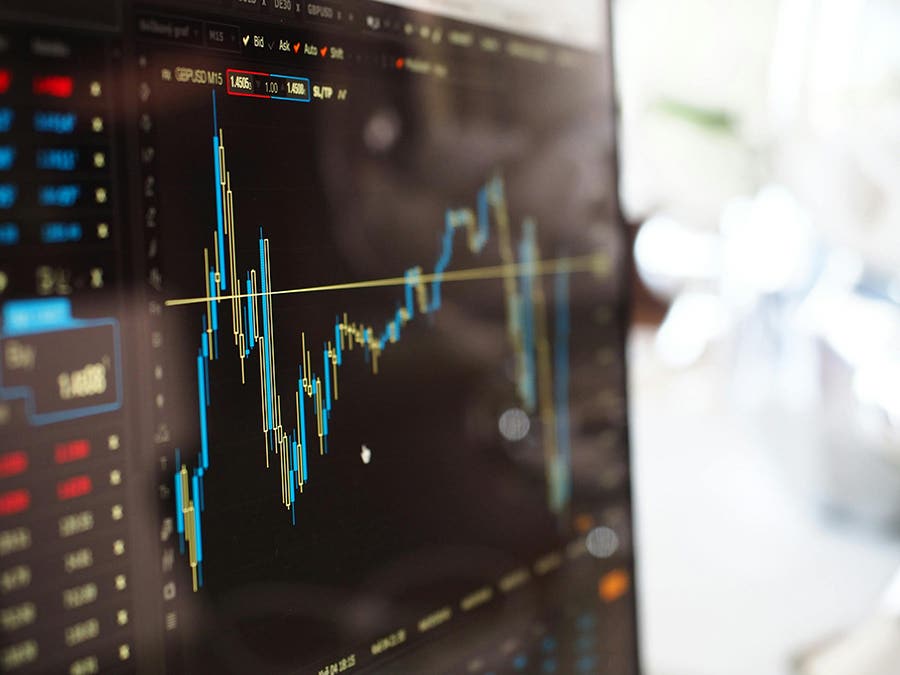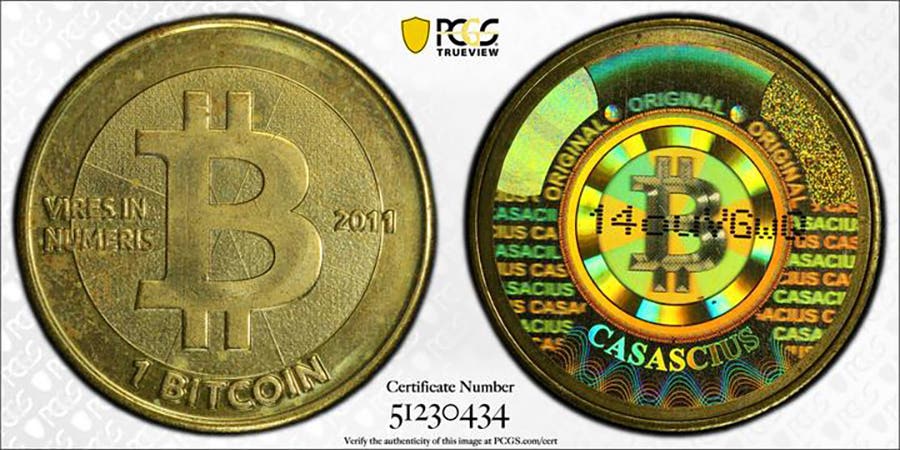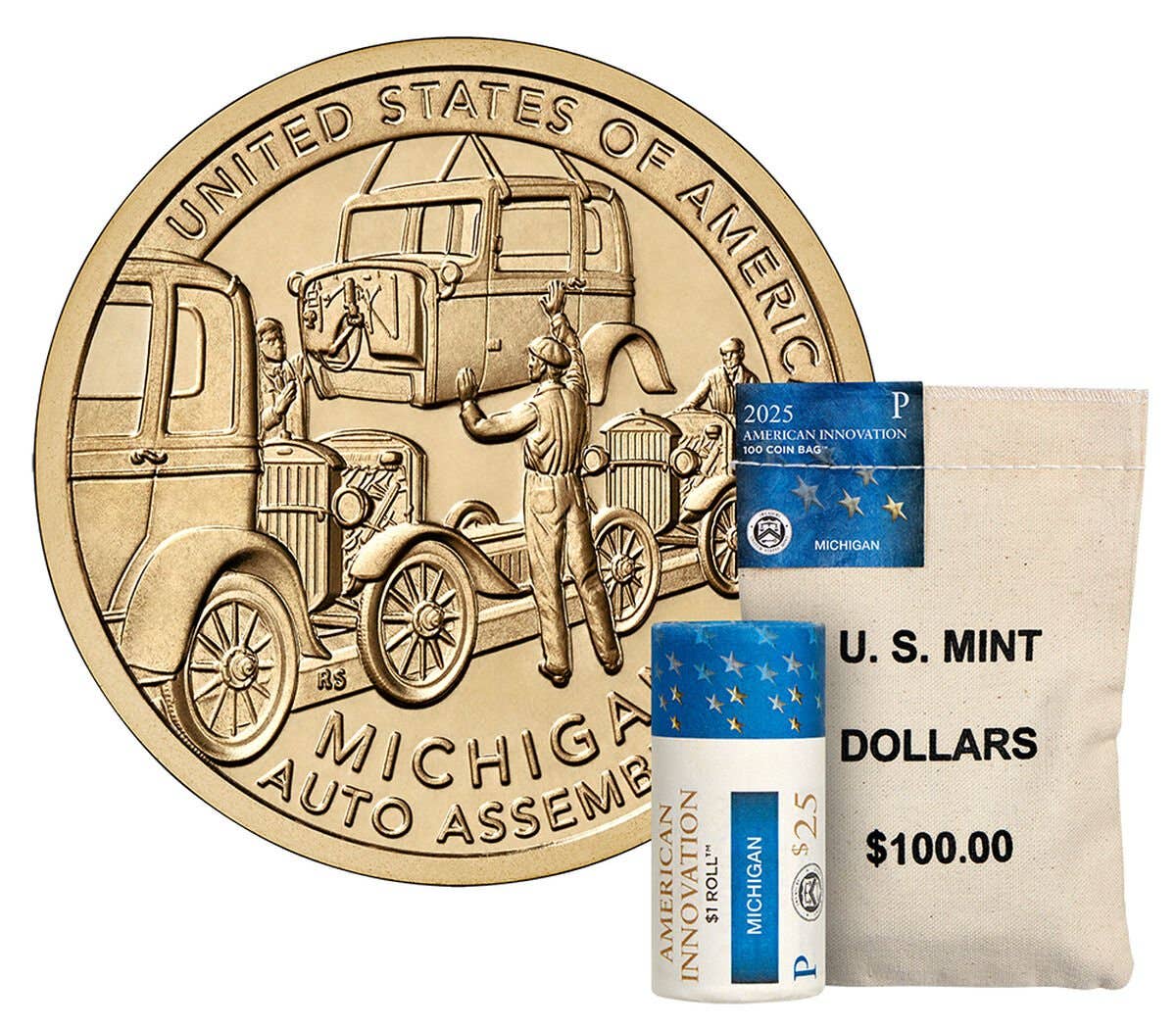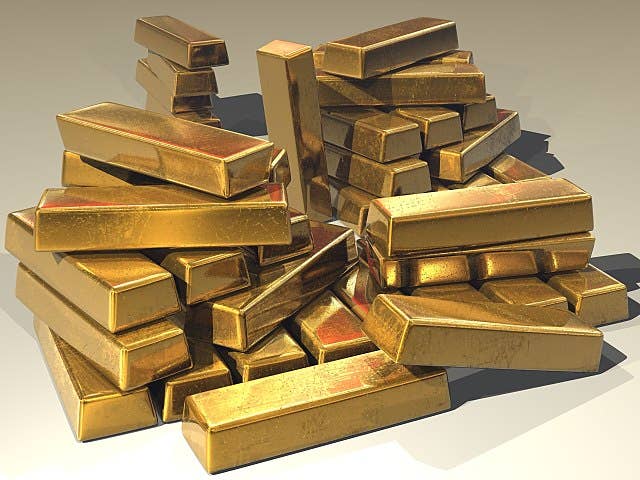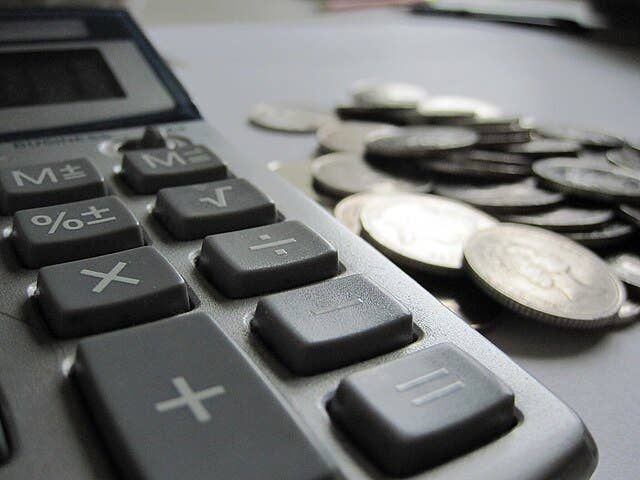Legislation, Launches, and Loopholes: Column Updates on the Issues Impacting Coin Collectors Across the U.S.
From Innovation Dollar celebrations to state-level tax battles, here’s what collectors need to know about the latest wins, setbacks, and ongoing efforts shaping the numismatic landscape.
US Innovation Dollars.
Last week, I discussed how there would be a public release ceremony on April 8 in Detroit for the 2025 Michigan Innovation Dollar. The event was a success, with perhaps 100 people in attendance.
In my column, I hoped this might prompt other numismatic organizations to contact the US Mint to arrange other public release ceremonies for forthcoming Innovation Dollars. Good news! During his speech at the Michigan public release ceremony, Steve Bieda (appointed by Michigan’s governor to liaison with the US Mint for this coin) announced that the Mint was open to arranging such ceremonies for future Innovation dollar releases. The Texas Numismatic Association and Florida United Numismatists must start making plans immediately.
Kentucky’s bullion/coin/currency sales and use tax exemption.
In 2024, the Kentucky legislature incorporated this tax exemption in a revenue bill that was sent to the governor. The governor made a line-item veto of this provision. The Kentucky Attorney General wrote an opinion that the governor only had line-item veto authority on appropriations bills, so the bill was forwarded to the Secretary of State to sign into law, with the exemption taking effect as of August 1, 2024.
The governor then instructed the tax department to require businesses to continue collecting and sending in sales and use taxes on these products. HB 2 was introduced in January, which made the sales and use tax exemption effective retroactive to August 1, 2024. Further, the bill specified that anyone who had paid sales or use taxes after the effective date would get a refund plus interest, reimbursement of any legal fees, and up to $1,000 per day for any damages. Even more extreme, the bill also potentially made any state officials involved in these improper tax collections personally liable. The bill easily passed the legislature, but was again vetoed by the governor. On March 27, both chambers of the Kentucky legislature voted to override the governor’s veto, confirming the existence of this exemption. At least one lawsuit has already been filed against Kentucky’s governor for his actions involving this exemption.
Maine bullion/coin sales and use tax exemption effort.
The Maine legislature adjourned for the year without taking up this exemption bill for a vote. It had passed out of one committee with a split recommendation. There is a possibility that it could receive further action when the legislature goes back into session in 2026. However, prospects of that happening would almost certainly require one or more Maine coin dealers to become active advocates, probably paying for a lobbyist.
Maryland’s existing bullion/coin sales and use tax exemption.
The Maryland legislature, faced with a multi-billion-dollar budget deficit in the next fiscal year, passed House Bill 352, the Budget Reconciliation and Financing Act of 2025. Maryland’s governor now has until May 27 to sign this bill. In this bill, effective July 1, 2025, Maryland’s existing precious metals bullion and coin sales and use tax exemption for transactions of $1,000 or more will be revoked, with one small exception. This exemption will still apply for the transactions conducted at shows held in the Baltimore Convention Center. Note that other sales and use tax exemptions were also revoked in this bill.
A bill had been introduced in Maryland’s legislature to eliminate the $1,000 minimum purchase requirement. That bill is now dead. The National Coin & Bullion Association is beginning to collaborate with Maryland dealers and collectors for an effort in 2026 to establish a complete sales and use tax exemption in the state for bullion/coin/currency sales. This would parallel what occurred in Louisiana when that state’s bullion and coin sales tax exemption was suspended for 27 months in 2016, but a similar exemption was enacted in 2017.
Nevada bullion/coin/currency sales and use tax exemption effort.
Assembly Bill 359 was included in the March 20 meeting of the Assembly Revenue Committee. I spoke in support of the bill in my capacity as the volunteer Industry Issues Advisor for the National Coin & Bullion Association. Two Nevada dealers also spoke in support, as did some other people. The representative of the state tax department said they did not know the economic impact of the exemption, but that it would likely be minimal. No one spoke in opposition to the bill. This committee will discuss the pros and cons of the bill at a future meeting before putting it up for a vote. Should the legislature pass this bill, it would then be required to receive a majority of votes in the November 2026 election to take effect on January 1, 2027.
New York’s existing bullion/coin sales and use tax exemption.
A joint legislative committee created a list of existing sales and use tax exemptions to consider eliminating. The bullion and coin exemption was one of them. Through the efforts of the National Coin & Bullion Association, the bill's current version, which would revoke several of the exemptions on the list, no longer includes the bullion and coin exemption. Although this issue is not yet completed, prospects look hopeful about preserving this exemption.
The coming loss of Maryland’s bullion and coin sales tax exemption is a setback. But, keep in mind that when Colorado, Florida, Louisiana, and Ohio all lost their exemptions, the same or similar exemptions were eventually re-enacted.
Last column’s numismatic trivia question.
Last time, I asked: "US Treasury Notes were issued in Series of 1890 and 1891. In both series, denominations of $1, $2, $5, $10, $20, $50, $100, and $1,000 were circulated. A $500 Treasury Note was designed but never printed to put into circulation. Why not?" In both series, denominations of $1, $2, $5, $10, $20, $50, $100, and $1,000 were circulated. A $500 Treasury Note was designed but never printed to put into circulation. Why not? The Treasury Notes depicted the Supreme Court Chief Justice on the $20.00 denomination. The others pictured on the other denominations were either Civil War presidential cabinet members—Edwin Stanton on the $1.00 and William Seward on the $50.00—or Civil War top Union military leaders—James McPherson on the $2.00, George H. Thomas on the $5.00, Philip Sheridan on the $10.00, David Farragut on the $100.00, and George Meade on the $1,000. A problem arose with the $500.00 bill because it was designed with a vignette of Civil War General William Tecumseh Sherman. Sherman’s troops conducted the March to the Sea across Georgia in 1864, laying waste to the land. These notes were never printed out of concern that Sherman’s reputation across the former Confederate states would lead to public repudiation of that denomination in that part of the country.
This week’s trivia question
Here is this week’s question: Which living person was depicted on a US coin, and the bill authorizing its issue was shepherded partway through Congress by this person’s relative? Come back next week for the answer.
Patrick A. Heller was honored as a 2019 FUN Numismatic Ambassador. He also received the American Numismatic Association 2018 Glenn Smedley Memorial Service Award, the 2017 Exemplary Service Award, the 2012 Harry Forman National Dealer of the Year Award, and the 2008 Presidential Award. Over the years, he has also been honored by the Numismatic Literary Guild (including twice in 2020), the Professional Numismatists Guild, the Industry Council for Tangible Assets, and the Michigan State Numismatic Society. He is the communications officer of Liberty Coin Service in Lansing, Michigan, and writes “Liberty’s Outlook,” a monthly newsletter on rare coins and precious metals subjects. Past newsletter issues can be viewed at www.libertycoinservice.com. Some of his radio commentaries, "Things You ‘Know’ That Just Aren’t So,” and “Important News You Need To Know,” can be heard at 8:45 a.m. Wednesday and Friday mornings on 1320-AM WILS in Lansing (which streams live and becomes part of the audio archives posted at www.1320wils.com).




